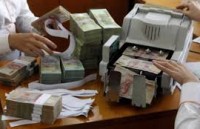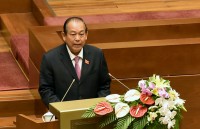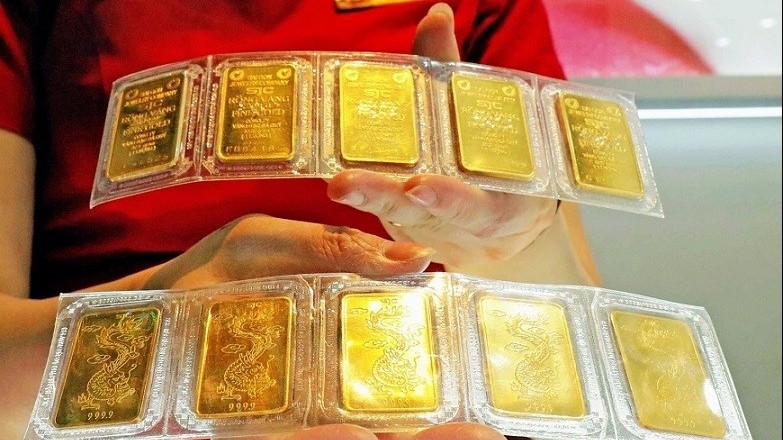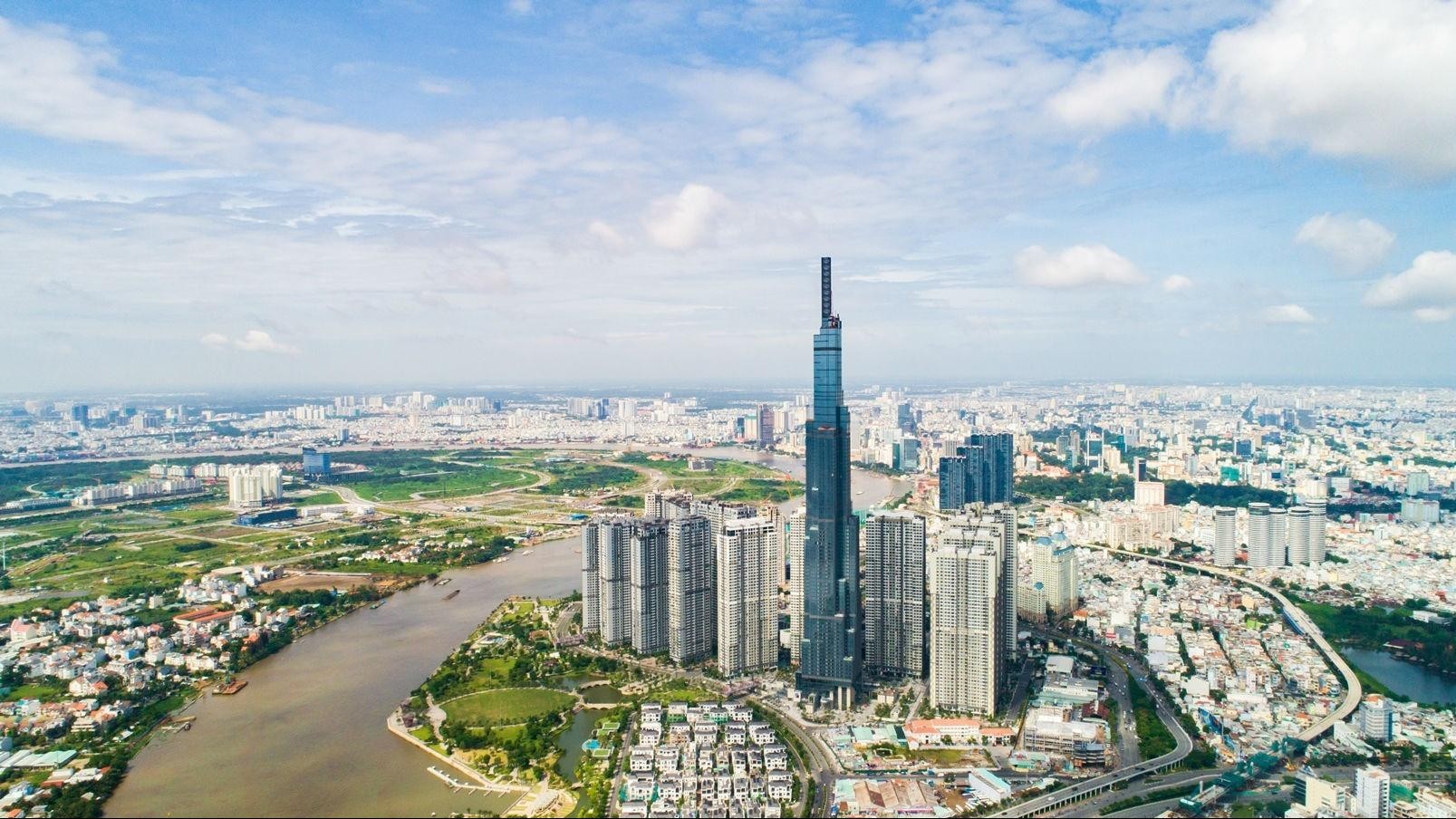
Inflation forecast to hit 2.6 percent this year
Latest
| WB suggestions to resolve Vietnam’s bad debts |
In the first five months of the year, the average inflation rate was at 4.47 percent. But the commission forecast that inflation would drop toward the end of the year due to stability of food and restaurant prices.
However, in its economic report for May and the first five months of 2017, the NFSC estimated that if the exchange rate of VND against the US dollar rises 1 percent, inflation will increase 0.17 percent, while noting that the VND/USD rate in commercial banks and the free market has shown a downward trend since early this year.
In the remaining months of 2017, the exchange rate will be affected by high foreign currency demand due to a rising trade deficit, the report said, forecasting that the country may see its trade balance change from a surplus in 2016 to a deficit of about 3.5 percent of total exports.
The US Federal Reserve (Fed) raising of short-term interest with small adjustments has yet to cause pressure on the exchange rate, the report noted.
In the long-term, the commission said, the VND will be under pressure from the Fed’s roadmap of raising interest rates, along with unpredictable changes in the prices of Chinese renminbi and Japanese Yen. The prospect of stable interest rates in 2017 is being supported by macro factors and policies, such as reduced pressure on exchange rates and drastic measures in tackling bad debt, NFSC said.
 |
| A consumer buys pork at a store selling meat at stablised prices in Bien Hoa city, Dong Nai province. |
The report also made clear that measures to settle bad debt help reduce interest rates. On May 16, the Government issued Decree 61/2017/ND-CP on the verification of bad debts’ initial price, and the formation of a council for bad debt auction.
At the same time, a draft law on support for credit institution restructuring and bad debt settlement is being finalised, and a decree on settlement of credit institutions’ bad debt may be approved as soon as June 20.
Interest rates for all terms in the interbank market have gradually decreased to 4-4.2 percent as of May 22, down 0.8-1 percentage point compared to the levels at the end of April. Last week, Deputy Governor of the State Bank (SBV) of Vietnam, Nguyen Thi Hong, said the bank has focused on policies to curb inflation under the 4 percent target set by the Government.
Figures from the General Statistics Office show a 0.53 percent drop in the consumer price index (CPI) in May from the previous month, mostly due to a sharp fall in food prices. This month’s CPI rose 3.19 percent from the same period in 2016.
Ms. Hong said the central bank’s management of interest and exchange rates has kept the foreign currency market stable. By the end of last month, the central rate rose 1 percent from the same period last year.
NFSC’s calculations show that the country’s ratio of credit-to-GDP has continuously increased since the last quarter of 2015 to reach 11 percent in the first quarter of this year. This has been the second highest level in the 2009-17 period, following the ratio of 13 percent in the first quarter of 2011.
The country’s credit growth in May saw positive signs. By the end of last month, credit rose 5.7 percent compared to the same period last year.
 | WB approves 72.52 million USD loan for Da Nang infrastructure The World Bank (WB) has approved a loan of 72.52 million USD for infrastructure projects in the central city of Da Nang from its International ... |
 | New regulations on lending activities of foreign credit organizations The State Bank of Viet Nam has issued Circular No.39/2016/TT-NHNN stipulating lending activities of foreign credit organizations and bank branches for customers. |
 | Gov’t determined to fix weak banks The Government has drastically fixed weak banks and non-performing loans to ensure the safety of the banking system, Deputy PM Truong Hoa Binh told legislators ... |

























